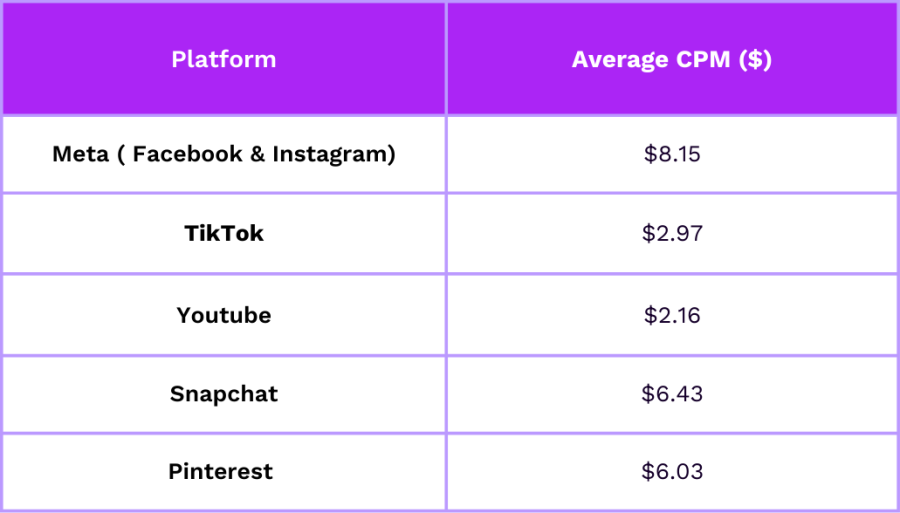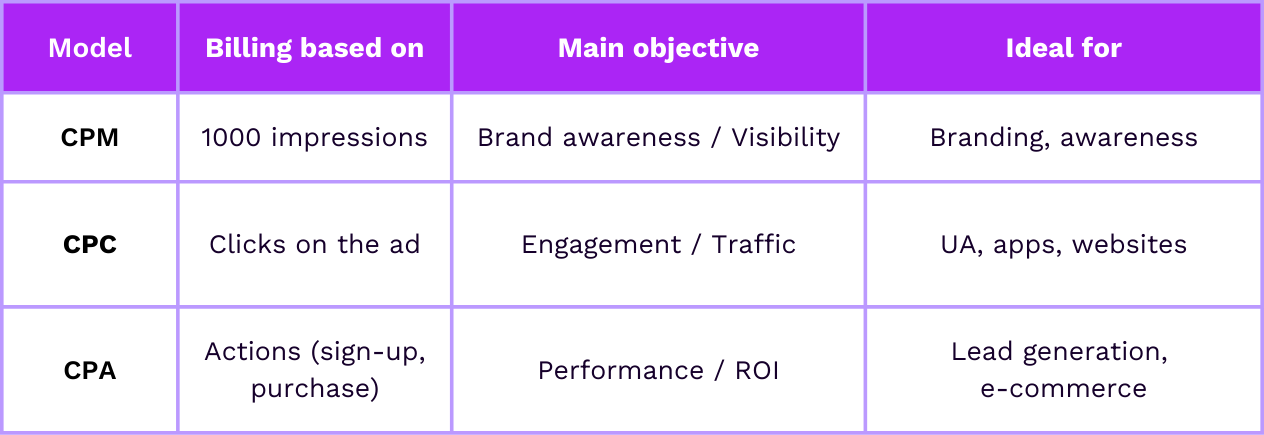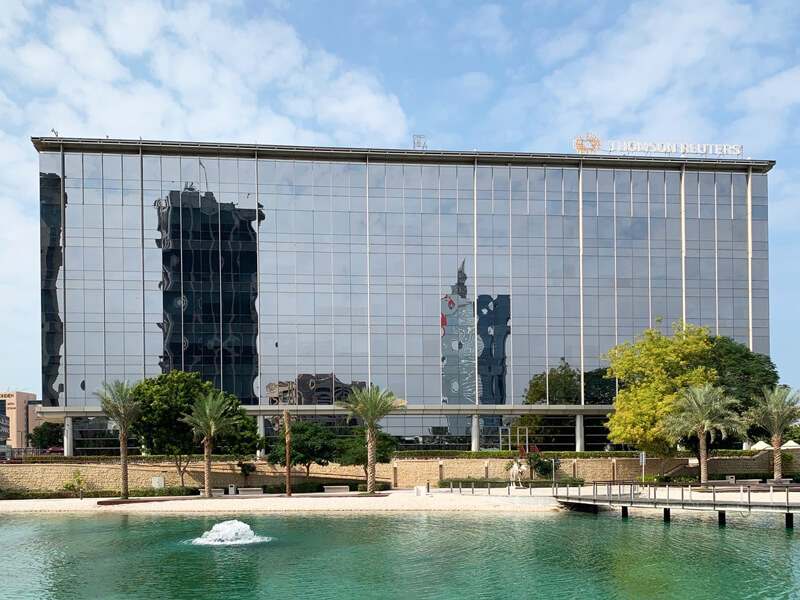Cost Per Mille (CPM): A Key Lever for Campaign Visibility
Introduction
CPM (Cost Per Mille) is a fundamental KPI in digital advertising. It represents the cost an advertiser pays for 1,000 ad impressions, regardless of user interactions.
While CPM is a crucial metric for brand awareness campaigns, it does not guarantee engagement or conversions. So, how should it be interpreted and optimized? What factors influence its cost? How can a high CPM remain profitable?
This article takes a deep dive into the role of CPM and the strategies to maximize its effectiveness in mobile user acquisition.
What is CPM?
CPM (Cost Per Mille) defines how much an advertiser must spend for their ad to be displayed 1,000 times to users, regardless of interactions.
Unlike performance-based models such as CPC (Cost Per Click) or CPA (Cost Per Acquisition), CPM is often preferred for campaigns focused on brand awareness and visibility.
Example
A brand launches an awareness campaign on Meta with a CPM of $6. This means they pay $6 for every 1,000 ad impressions, regardless of the number of clicks or installs generated. The goal is to reach as many users as possible to maximize exposure.
How is CPM Calculated?
Cost per mille is calculated by dividing the total budget spent on an advertising campaign by the total number of impressions generated.

Example
An advertiser invests $5,000 in a campaign that generates 1 million impressions. In this case, the cost per 1,000 impressions is $5.
CPM is a useful metric for comparing different campaigns and adjusting budgets based on marketing objectives.
CPM Trends and Benchmarks
Cost per mile varies significantly depending on the advertising platform, ad format, industry, and geographic region.
CPM Benchmarks by Platform

Source : Gupta Media, 2024
These variations are driven by differences in audience composition, ad formats, and competitive intensity on each platform.
Video and interactive formats typically have higher CPMs, as they capture more user attention and drive stronger engagement.
Cost per mille also fluctuates based on seasonality, with notable spikes during high-demand periods like Black Friday, when advertising competition intensifies.
Discover our winning user acquisition strategies for Black Friday.
Why is CPM Important in Mobile User Acquisition?
CPM is a strategic metric in User Acquisition (UA) as it helps evaluate brand exposure costs and optimize campaign profitability.
Key Considerations in UA
- Compare the cost efficiency of platforms and ad formats
- Optimize bidding strategies to improve campaign profitability
- Maximize reach within the target audience
A low cost per mille allows advertisers to reach more users within the same budget but may indicate a less engaged audience. Conversely, a high CPM often reflects more precise targeting and a higher-quality audience.
The challenge is to strike the right balance between volume, engagement, and cost to ensure effective reach without compromising profitability.

Do not hesitate to contact with our teams
Addict can support you to improve your performance.
CPM vs. eCPM: What’s the Difference?
eCPM (Effective Cost Per Mille) is a metric used by publishers and ad networks to measure the revenue generated per 1,000 impressions.
eCPM Formula:
eCPM = (Total Revenue/ Total Impressions ) x 1000
Key Differences:
- CPM : Represents the cost paid by the advertiser
- eCPM : Represents the revenue generated by the publisher
If an app generates $2,000 in revenue from 500,000 impressions, then: eCPM= (2000 / 500000)×1000=4$
A high eCPM indicates effective ad monetization, while a low eCPM may suggest poor ad placement optimization.
CPM vs. CPC vs. CPA: Which Model to Choose?
- CPC (Cost Per Click): The advertiser pays each time a user clicks on the ad. This model is ideal for campaigns focused on driving traffic to a website or app.
- CPA (Cost Per Action): The advertiser pays only when a specific action is completed, such as a purchase or registration. CPA is best suited for conversion-driven campaigns.
- CPM (Cost Per Mille): As mentioned earlier, this model charges the advertiser per 1,000 impressions, regardless of clicks or actions. It is mainly used for brand awareness.
The choice between these models depends on campaign objectives. For brand visibility, CPM is often the best fit, while CPA is more effective for driving direct sales.

How to Optimize CPM?
1. Enhance Creative Quality
Engaging and relevant ads increase user interaction, which can lower CPM and boost CTR.
2. Refine Targeting
Avoid overly broad targeting—precise audience segmentation ensures ads reach users most likely to be interested, improving campaign efficiency.
3. Test Multiple Ad Formats
Cost per mille varies by format. Experimenting with different formats (video, image, carousel) helps identify the most engaging and cost-effective options.
4. Optimize Bidding and Budget Management
Adjusting bids strategically helps control costs and strike a balance between visibility and profitability.
5. Continuously Analyze and Adjust
Regular performance evaluation helps identify optimization opportunities and refine strategies in real time.
Conclusion
CPM is a key metric for managing ad campaign visibility. A solid understanding and effective optimization allow advertisers to maximize brand awareness and return on investment.
By combining CPM with other KPIs like CPC and CPA, advertisers can adopt a more holistic approach and enhance the performance of their mobile acquisition campaigns.


